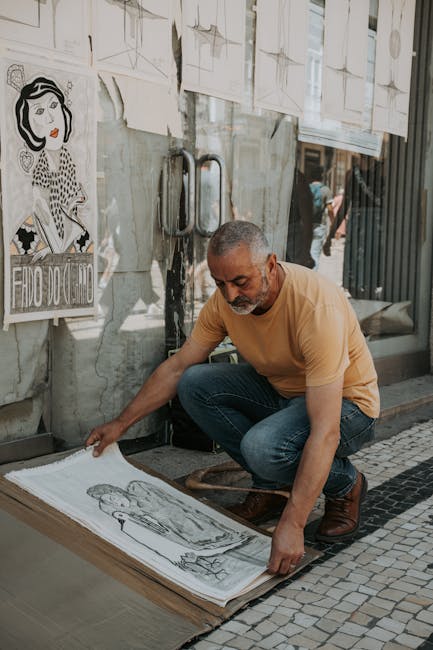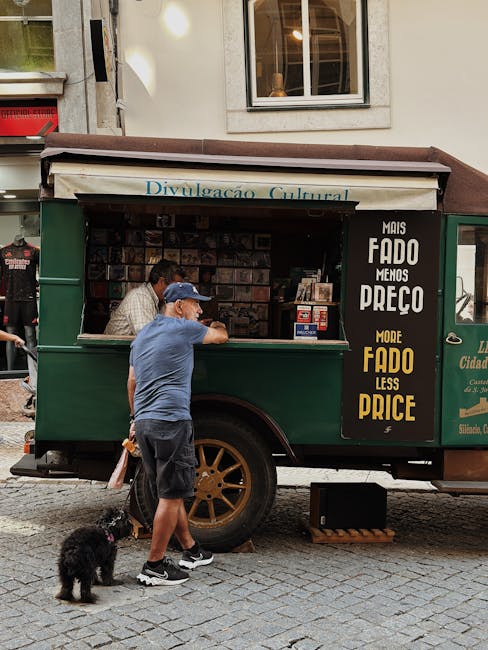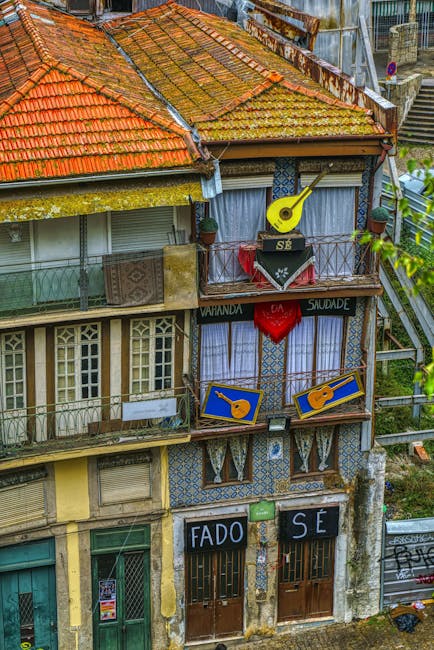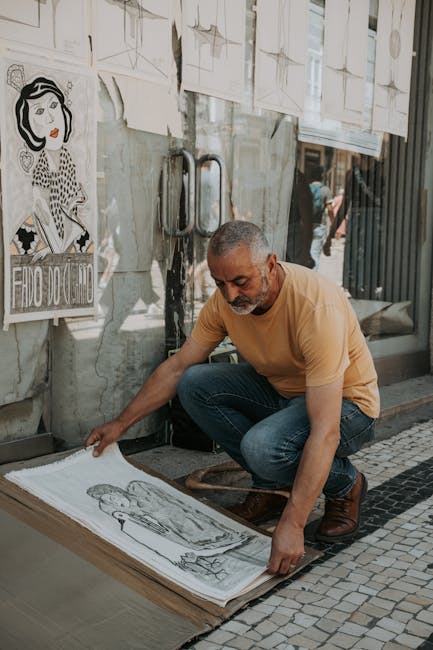Fado Music: A Deep Dive into Portugal’s Soulful Soundscape
Fado, the melancholic and deeply emotional music of Portugal, is more than just a genre; it’s a cultural phenomenon, a living testament to the nation’s history, struggles, and enduring spirit. Its haunting melodies and evocative lyrics weave a tapestry of longing, loss, and resilience, captivating audiences worldwide. This comprehensive guide delves into the heart of Fado, exploring its origins, evolution, key artists, and enduring legacy.
The Origins of Fado: A History Steeped in Emotion
Pinpointing the precise origins of Fado is a complex task, shrouded in the mists of time and diverse interpretations. However, most scholars agree that its roots lie in the Alfama district of Lisbon, a labyrinthine neighborhood steeped in history and characterized by its narrow, winding streets and close-knit communities. During the 1800s, Fado emerged from the taverns and houses of the working class, reflecting their daily lives, struggles, and yearning for a better future. Initially, Fado’s themes often centered on the harsh realities of poverty, loss, and longing for love.

The term “Fado” itself is believed to derive from the Latin word “fatum,” meaning “fate” or “destiny.” This etymology speaks volumes about the genre’s core essence: an acceptance of fate, a melancholic embrace of life’s inherent sorrows and joys. Early Fado was often accompanied by simple instruments like the Portuguese guitar, viola, and classical guitar, creating a raw and intimate sound that resonated deeply with the listeners.

The Evolution of Fado: From Tavern Tunes to Global Recognition
Over the years, Fado evolved and diversified, absorbing influences from other musical styles and reflecting broader societal shifts. The early 20th century saw the rise of iconic Fado singers, like Amália Rodrigues, who propelled the genre to unprecedented heights. Rodrigues, known as the “Queen of Fado,” infused the music with a new level of sophistication and artistry, transforming it into a powerful form of artistic expression. Her distinctive voice, commanding stage presence, and poignant interpretations of Fado lyrics captivated audiences globally, elevating the genre from its humble tavern origins to the international stage.
Following Rodrigues’s legacy, several other talented Fado singers emerged, each adding their own unique interpretations and innovations to the genre. Contemporary Fado incorporates elements of jazz, blues, and even pop music, while maintaining its core emotional depth and melancholic character. This evolution ensures that Fado remains a vibrant and dynamic musical form, capable of resonating with new generations of listeners.
Key Instruments in Fado Music
The instrumentation of Fado plays a crucial role in shaping its distinctive sound. The Portuguese guitar, with its distinctive twelve-string design and intricate playing techniques, is arguably the most iconic Fado instrument. Its melancholic tones and intricate harmonies perfectly complement the vocal melodies. The viola, a type of guitar with five strings, adds depth and resonance to the musical texture, while the classical guitar provides a rhythmic and harmonic foundation. The interplay between these instruments creates a rich and evocative soundscape that is unique to Fado.
Notable Fado Artists: A Legacy of Talent
- Amália Rodrigues: The undisputed “Queen of Fado,” her voice and artistry remain unparalleled.
- Mariza: A contemporary Fado star who has successfully modernized the genre while retaining its emotional core.
- Carlos do Carmo: A highly influential Fado singer known for his profound interpretations and sophisticated style.
- António Zambujo: A more contemporary voice who blends Fado with other genres, like jazz and world music.
- Cuca Roseta: A younger generation Fado artist known for her unique vocal style and fresh approach.
These are just a few examples of the numerous talented Fado artists who have contributed to the genre’s rich tapestry. Each singer brings their own unique style and interpretation, ensuring the continued evolution and vibrancy of Fado.
Experiencing Fado: A Cultural Immersion
To truly appreciate Fado, it’s essential to experience it live. Lisbon’s traditional Fado houses (casas de fado) offer an immersive cultural experience, allowing visitors to witness the raw emotion and artistry of Fado singers and musicians up close. These intimate venues create an atmosphere that enhances the emotional impact of the music, making it an unforgettable experience. Beyond Lisbon, Fado can also be experienced in other parts of Portugal, each region adding its own unique regional flair.
Fado’s Enduring Legacy: A Timeless Tradition
Fado’s enduring appeal lies in its ability to connect with universal human emotions. Its themes of love, loss, longing, and resilience resonate across cultures and generations. While its roots are deeply embedded in Portuguese culture and history, Fado’s emotional power transcends geographical boundaries, captivating audiences worldwide. The genre’s continued evolution ensures that it will continue to inspire and resonate with listeners for years to come, solidifying its place as a timeless and treasured musical tradition.

Beyond the Music: Understanding the Cultural Context
Understanding the cultural context of Fado is crucial to fully appreciating its emotional depth. Its melancholic tones reflect the historical experiences of Portugal, including periods of hardship, loss, and emigration. The music serves as a vessel for expressing the collective emotions of a nation, offering a poignant reflection on the past and a hopeful outlook for the future. Engaging with Fado is engaging with a piece of Portuguese soul.

